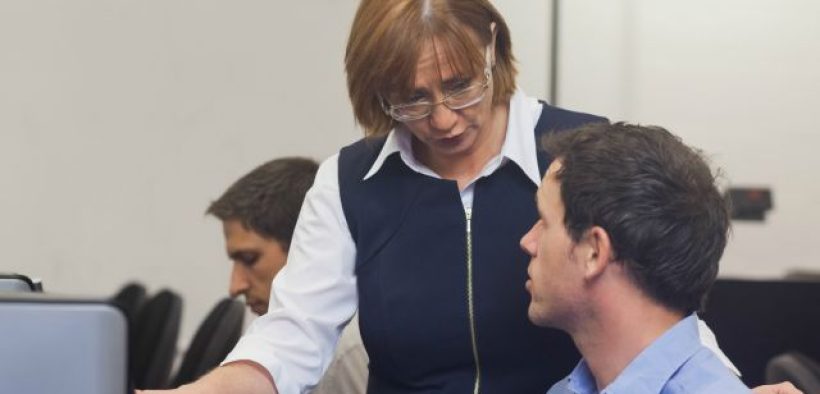Students perform poorly in our courses for a variety of reasons. Here are some students you’ve likely encountered over the years, as well as a few ideas on the type of feedback that best helps them turn things around.
The student who’s doing poorly because he isn’t trying. For whatever reason(s), he just doesn’t care to put forth any kind of effort and happily cruises along at half speed. I have to admit, these were the students I found most frustrating and challenging. Can you make a student care? Not often, my experience inclines me to think, but can you afford not to try? How many of us cruised along, at least in a few classes?
Here are two approaches I have used with students who weren’t trying (please suggest others). First, I tried to discover something that might interest the student, even if that meant offering different assignment features or alternative assignments. “What would make this assignment more interesting to you?” “Is there an assignment I could give you that would motivate you to do your best work?” Second, I would try the constructively in-your-face approach—privately, of course. “You are wasting your time and somebody’s money!” “When are you going to get serious about preparing for the rest of your life?”
The student who’s doing poorly because she has no self-confidence. These are the students who set out to prove what they believe. “I can’t write.” “I’ve never been any good in math.” “I’m not coordinated.” First and foremost, these students need teachers who believe in them. I admit, sometimes I have faked it a bit here. In my heart of hearts, I’ve wondered about their chances of success, but to their faces I am all about believing they can. I can’t do it for them and I’m not saying it will be easy, but I’m alongside them as they work to learn the content or master the skill.
The feedback these students need is specific and descriptive, not vague and certainly not evaluative. “Here’s what you need to learn or do next.” And what needs to happen next is a bite-size chunk. The feedback doesn’t assume or proclaim that it’s easy, because to this learner it may be the toughest thing she’s chewed so far. It’s focused feedback, and the focus is on the task at hand. It’s also feedback about progress and celebration, which the learner needs to note and celebrate. “Are you seeing any signs of progress?” “Where?” “What about in this part of the paper?” “How will you know when you’ve succeeded?” “How will you celebrate?”
The student who’s doing poorly because he doesn’t have the necessary knowledge or skills. It could be the student’s fault or where he went to high school, but who’s to blame isn’t the issue when it comes to the kind of feedback that will help. This student needs a clear (but not overwhelming) delineation of what he’s missing, and where that knowledge can be found or how those skills can be acquired. Here, too, it’s descriptive feedback, not evaluative. Realistic feedback is needed in cases where much that’s essential is missing. It’s about what the student doesn’t know or can’t do, not his ability to master what he needs to know or do. But when a student is missing a considerable amount of knowledge or skills, success in this particular course at this time is not likely.
The student who’s doing poorly because she isn’t getting a certain concept. She’s trying, attending class, asking questions, and showing up during office hours, but the light of understanding is not coming on. She is frustrated, angry, upset, feels like quitting, and thinks she’ll never get it. She needs teacher feedback about persevering. She needs to hear stories about how understanding sometimes descends unexpectedly—while taking a walk, when falling asleep at night, or perhaps a day or two later. She needs feedback, but not an overwhelming amount. In the study referenced below, students in clinical settings were underperforming. In their efforts to help, teachers provided more and more feedback—more explanations, more examples, more demonstrations, and more supervision. More didn’t always help. It’s better to keep the feedback focused and encourage her to consult others (including peers) who understand. Maybe they can help her find the switch.
Reference: Bearman, M., Molloy, E., Ajjawl, R., and Keating, J. (2013). “Is there a Plan B?”: Clinical educators supporting underperforming students in practice settings. Teaching in Higher Education, 18 (5), 531-544.






